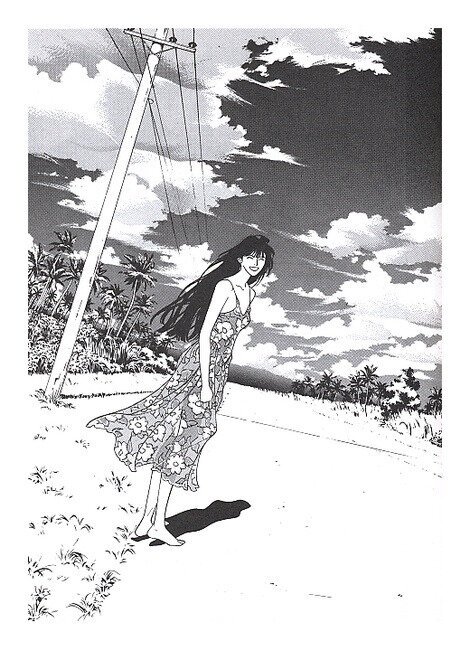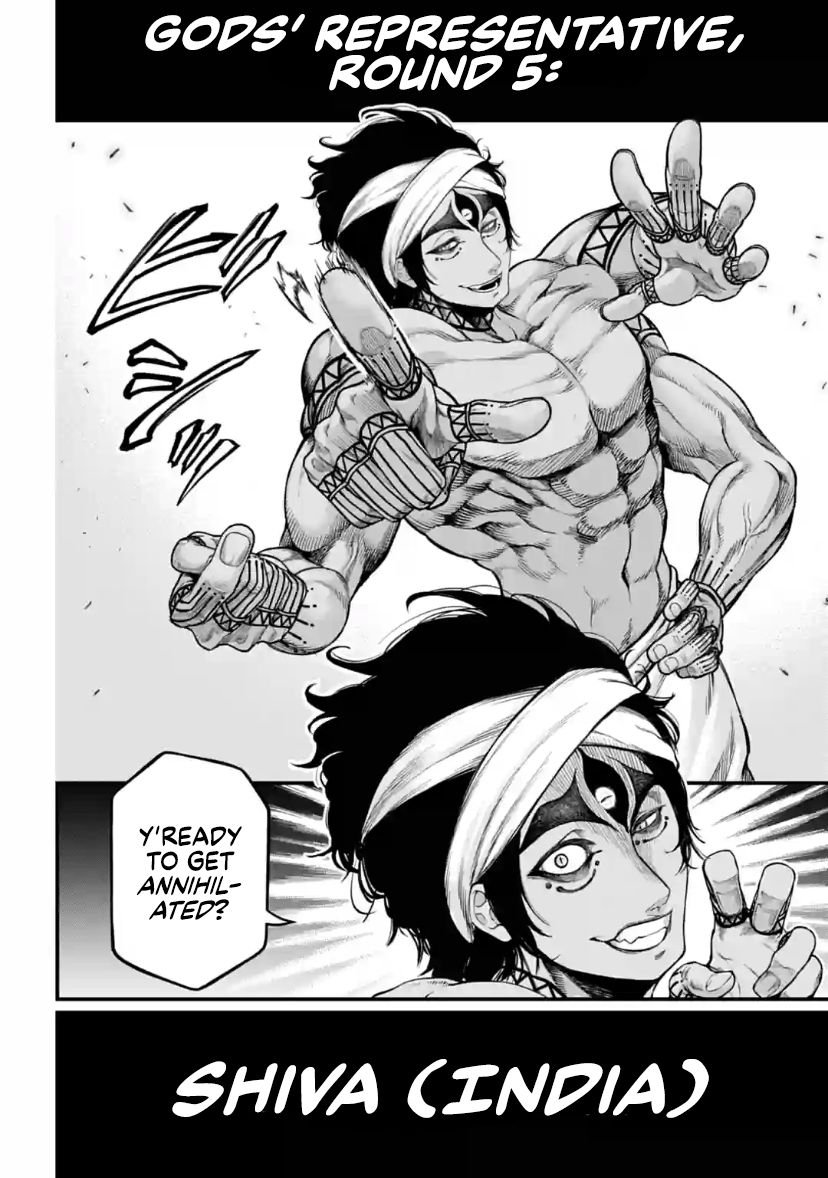How The Disastrous Life of Saiki K. Mocks Every Anime Existing

The knee-slapper anime starring the permanently unfazed Saiki is undeniably many people’s Netflix favorite.
The Disastrous Life of Saiki K. was originally a manga released in 2012 but became more widely known through its anime adaptation and its feature on Netflix. It unfolds like one of those timeless childhood cartoons with no true age range and ticks off all the boxes regarding animation, openings, development, and more.
Generally considered an unproblematic anime, it’s rather brain-numbing than intellectual: punchline after punchline, every episode is abnormally inconvenient and unpredictable in the triumphally entertaining fashion of the series. It follows Saiki Kusuo, a high school student plagued by psychic abilities, like mind-reading and telekinesis, as he attempts to hide his powers from the rest of the world.
The characters of The Disastrous Life of Saiki K. are deeply flawed yet simultaneously overly perfect, and that is exactly the basis of the series. The anime is a comedy that plays with overdone anime tropes and stereotypes, in return delivering stupidly hilarious gags and a side-eye to pretentious anime.
Parodying cliches and popular character arcs, recurring side-characters such as Nendou, Kaidou, and Hairo are classics: respectively, the comedic relief butt-monkey, the “Battle shounen”, and the sports manga main character. Kokomi is the perfectly transparent depiction of the popular “I’m-not-like-other-girls” main character in shoujo, Chiyo is the anime gluttony archetype, and Saiki Kurumi is the perfect housewife and mom channeled in this type of media. There are plenty of examples of tropes such as yandere [love-sick character] and tsundere [cold and loathes affection] as well.
It’s not just the characters: everything in The Disastrous Life of Saiki K. is dramatized and exaggerated. Whether it’s the imminent end of the world pushed back every year or necessary cliche episodes, it’s a sly but wholesome series on personified stereotypes existing in a universe with little care for reality.
About the Author:
Mizuki Khoury
Born in Montreal, based in Tokyo. Sabukaru’s senior writer and works as an artist under Exit Number Five.





